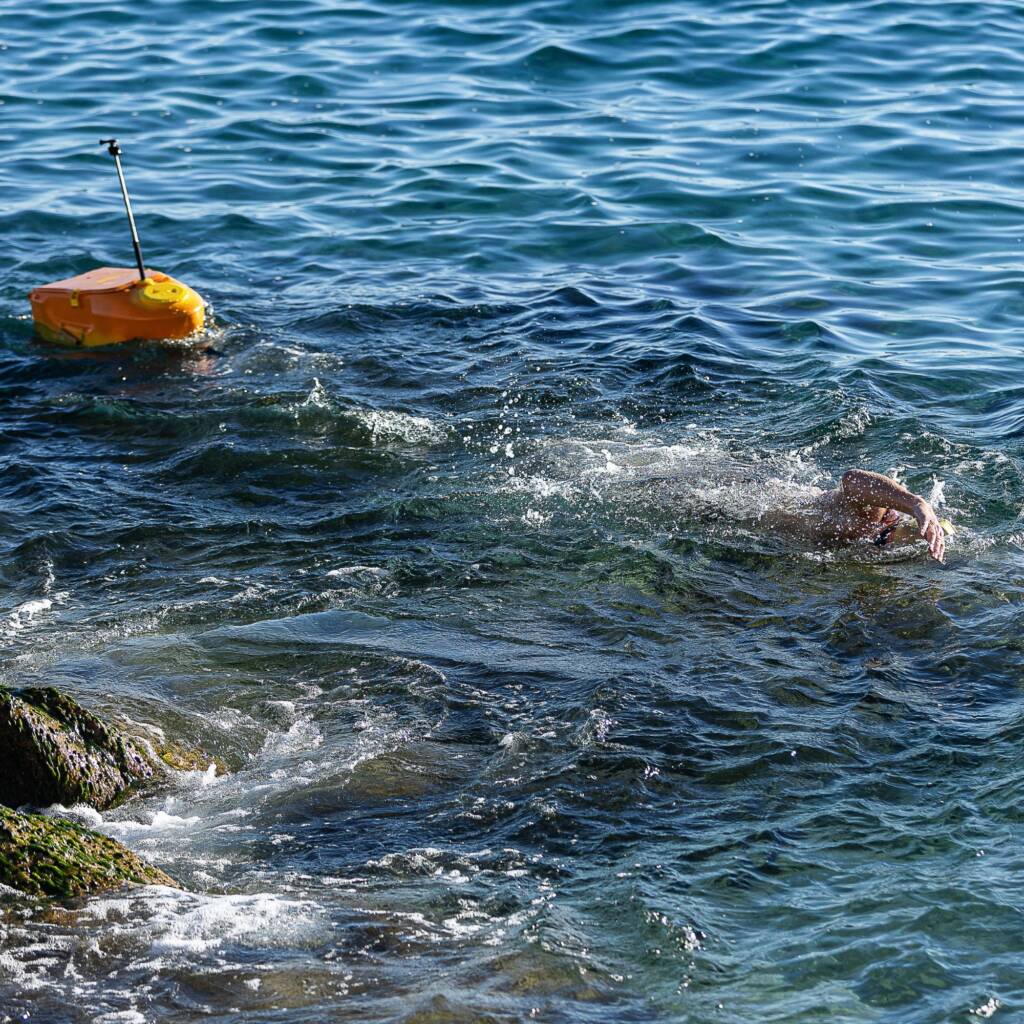Description
Target Audience: Aimed at all those familiar with open waters who usually bathe or swim but would like to explore and enjoy the seabed more closely and calmly.
Description: An outing to the beach and sea in a group to carry out various learning and practice exercises of free-diving techniques (holding breath) that allow us to explore and, above all, enjoy the seabed. To enjoy the activity, it is essential that the waters are clear and calm, so sheltered coves with easy access will be chosen.
Schedule: May to October (warm months to maintain temperature)
Duration: 4 hours
Capacity: 8
Price: 50 €
Location: Clear and calm water cove with easy access to the water
Materials: Swimsuit, diving goggles, fins, optional wetsuit or similar, and cap.
Structure:
- Welcome
- What will we do? (Duration, parts)
- Introductions (participants and James. Keep it brief)
- Concept
- Safety
- Understanding the environment as a provider of tranquility (land and sea)
- Depths, entry and exit points of the water, visual references.
- Water: currents, temperature, transparency.
- Biology: jellyfish, fish, organisms, vegetation.
- Others: boats, accompanied, depth, signaling, weight, and guide rope.
- Self-awareness
- Physical shape (Am I in good health? How far can I dive horizontally? Do I have ear problems? Am I congested?)
- Psychology (Am I relaxed in the sea? Do I have fears?)
- Materials
- Knowledge of materials: Diving goggles, fins, wetsuit, buoy, depth gauge, weight, and guide rope)
- Method
- The apnea technique
- Breathing and prior relaxation
- Progressive warm-up (increased time dives at shallow depth)
- Barometric pressure compensation – Valsalva maneuver
- Dive maneuver (kidney punch) and finning
- Use of the depth gauge (basic operation)
- Types of apnea (static, dynamic, deep)
- Ecodiving
- Risks (hypoxia, ears, congestion)
- The apnea technique
- Conclusions
- And now what?
- Continuity of apnea practice
- Accompanied outings (how to find companions – diving clubs?)
- Other Integral Rewilding workshops
- Final breakfast of camaraderie in a nearby collaborating beach bar



